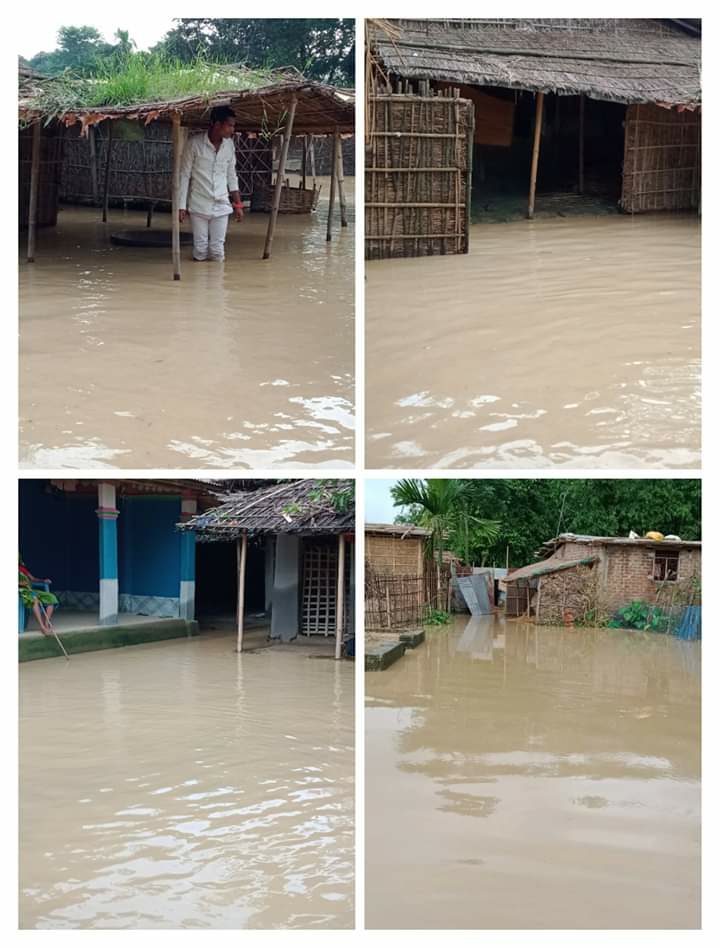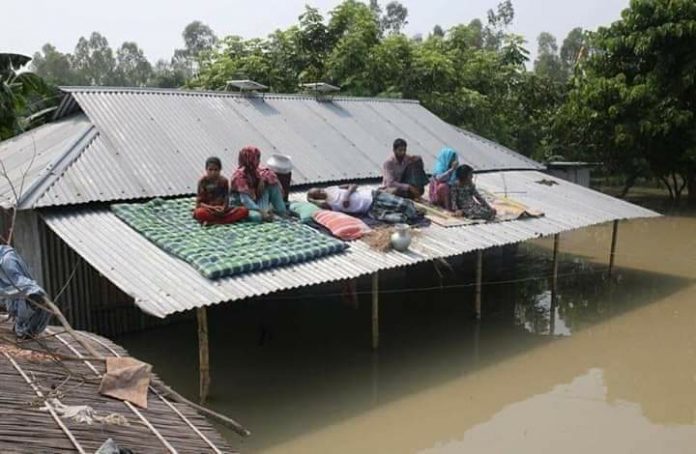By Nafis Haider, TwoCircles.net
Bihar: In Seemanchal, monsoon means floods. A Muslim dominated area, comprising of 4 districts namely Purina, Katihar, Kishanganj and Araria, Seemanchal is the seat of Bihar’s most deprived and poor citizenry. A major section of the residents are farmers and depend on agriculture for their sustenance. Each year, flood engulfs the entire region and destroys homes and crop fields, causing a dent to the economy.
“Our whole livestock, our fields, our house, and all the savings are submerged now. We have nowhere to go. I don’t know where I will keep my family now” Nilesh, a peasant told TwoCircles.net. “Nitish (Chief Minister of Bihar) has done nothing for us here. Every year the government promises to do something, nothing eventually happens. There is no one for the poor” he added.
This year flood has caused 56 deaths till now and more casualties are expected, considering the rise in the water level of Mahananda river. Locals say that the government has turned a blind eye to the issue. Apart from sight-seeing through helicopter, no real action on the ground has been taken by the state government headed by Nitish Kumar, they complain.
Locals say although flood is an annual occurrence, the Bihar government has not taken any concrete steps to control it.
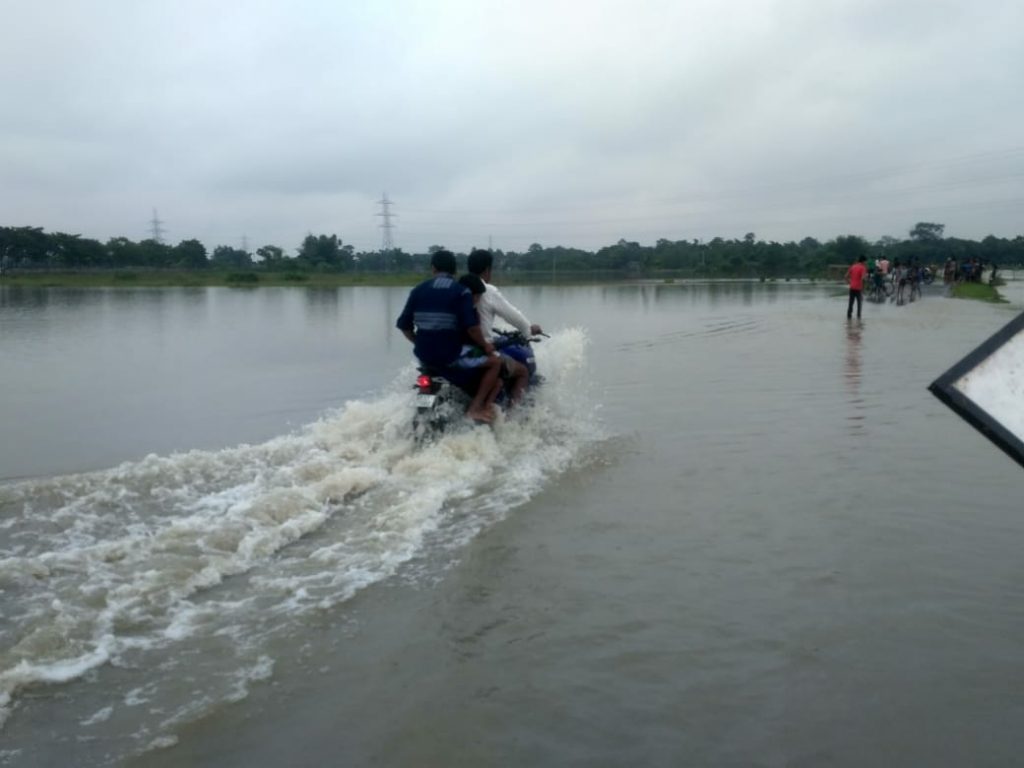
Mahananda Dam project, which was initiated by late Kapoori Thakur nearly 40 years ago still finds no existence apart from being in the official documents. Another project was initiated by Nitish Kumar in 2010 called the Mahananda River basin project which aimed to fortify the embankments along with Mahananda. This project was a complete failure. Noted flood expert Dinesh Mishra talking about the project stated that, “The Mahananda Flood Control Scheme (MFCS) is a case of a solution being worse than the problem it is designed to solve. Embankments under the MFCS have created a problem of waterlogging which damages crops, and the residents have no option but to breach the embankments. MFCS illustrates what happens when there is poor communication between political decision-makers and technical experts, and none between these two and the people affected by that decision.”
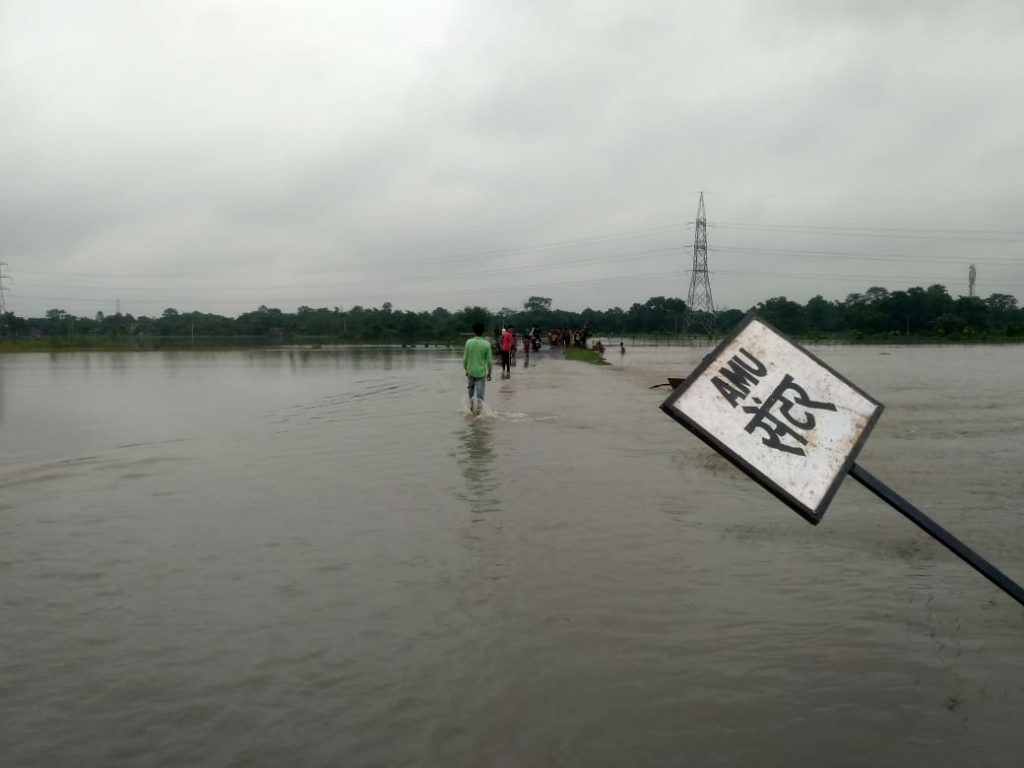
The flood-affected area is in a state of complete lockdown. Railway lines are flooded and water has also submerged NH-104 in Sitamarhi, NH-31 in Kishanganj and NH-327 in Araria along with many district roads. The markets were already closed due to COVID-19 pandemic and the flood has made it impossible to do anything. Schools and offices are closed but the Nitish government has barred any doctor from leaving the area.
Kaunain, a resident of Chakla, a village 4 kilometres away from Kishanganj district headquarters told TwoCircles.net that since Mahananda is the largest river in Kishanganj and there is no proper dam system, every year when the monsoon comes, Nepal open its floodgates. “Thus a large volume of water comes rushing to Mahananda which causes a huge increase in its water level, flooding our fields and destroying our crops,” he said.
On 11 July this year, the water level started rising and by 12 July water entered into the villages and houses. This caused widespread fear in the villages that the disastrous 2017 flood situation may occur again. The district administration announced 96 hours of red alert. Villagers were quick to respond and settled at raised platforms. But the crops and fields were destroyed, especially the rice crops which were transplanted a day before the waterlogging. They got washed away in the flood.
Fortunately, from 14 July the water level of the river started to drop which gave a huge sigh of relief to the villagers. Still, many villages are submerged and there is no reporting of people’s plight and suffering. Locals complained that mainstream media is focusing on celebrities and COVID-19 pandemic and have neglected the floods.
Kabir, a labourer who used to work in Delhi, but came back due to lockdown imposed after the coronavirus pandemic, told TwoCircles.net that he came to his village to save his life and now due to floods he is not safe. “I don’t have any money and whatever I had, it all got washed away in the flood,” he said.
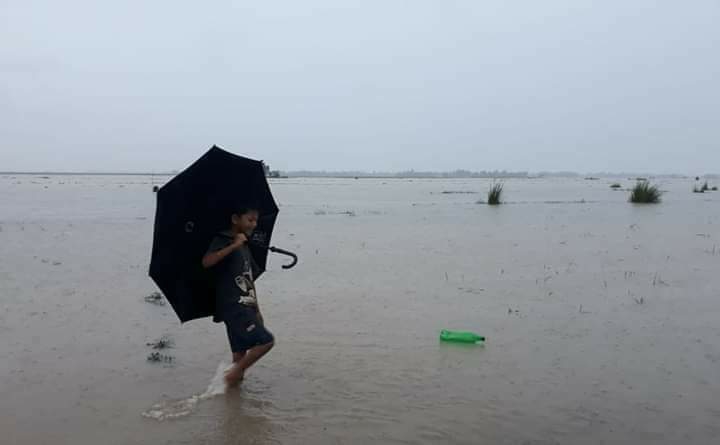
The boundary of the land allocated for Aligarh Muslim University (AMU) Kishanganj Centre has suffered a severe blow due to the flood this year, and there is waterlogging inside the campus. The state of AMU, Kishanganj Centre is already in dilapidated condition and there is little possibility that the damage to the centre will be quickly rebuilt.
Scores of people are stranded on their rooftops, some are living under the open sky with women, children and their livestock, while others who evacuated early have found shelter in schools and other raised platforms. Government has shown little urgency in relief and rescue operations. Only piecemeal assistance through food and water supplies have come yet. Locals said that some have received zero assistance from the government.
There is a serious need for effective government intervention in the area to protect the people from the damage caused by flood – both in loss of lives to the loss to the economy.
Locals said that the long-term investment in flood control is not in sight, but Seemanchal is presently awaiting the government to help people fulfil their immediate basic needs.
